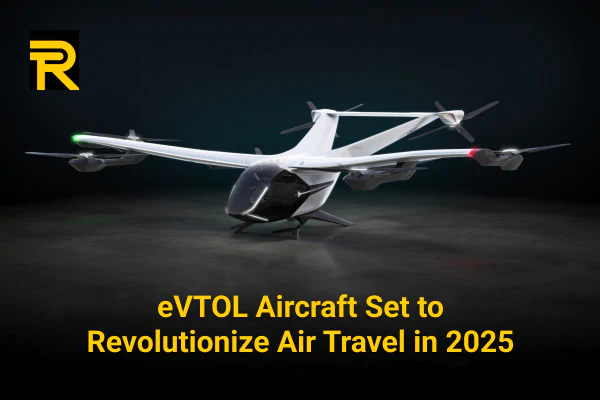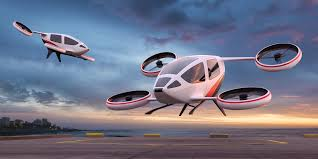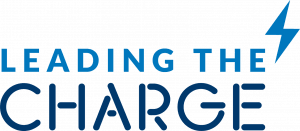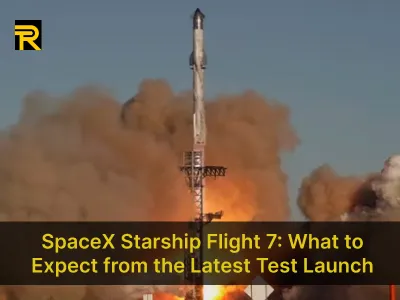
The Dawn of a New Era: eVTOL Aircraft Set to Revolutionize Air Travel in 2025
The year 2025 is composed to mark a pivotal moment in aviation history: the introduction of electric vertical take-off and landing (eVTOL) aircraft into commercial passenger service. This groundbreaking innovation is more than a technical marvel; it signifies a fundamental shift in how we approach urban mobility, sustainability, and convenience in transportation.
What Are eVTOL Aircraft?

eVTOL aircraft are a class of electric-powered vehicles capable of vertical take-off and landing, eliminating the need for runways. Leveraging advanced battery technologies, lightweight materials, and innovative propulsion systems, these aircraft are designed to be efficient, quiet, and environmentally friendly. They are often imagine as the centerpiece of urban air mobility (UAM) systems, which aim to alleviate traffic blockage and offer faster commutes in crowded metropolitan areas.
Key Players Leading the Charge

Several companies are at the forefront of the eVTOL revolution. Industry pioneers like Joby Aviation, Archer Aviation, Volocopter, and Lilium are racing to bring their aircraft to market. These firms are collaborating with regulators, city planners, and infrastructure developers to ensure a smooth rollout of commercial services.
Joby Aviation, for example, has conducted rigorous testing of its all-electric eVTOL aircraft, achieving milestones such as FAA certification. Meanwhile, Archer’s Midnight aircraft promises to offer efficient urban commutes with minimal noise, targeting a launch in key metropolitan areas.
The Commercial Passenger Experience

eVTOL aircraft promise to redefine passenger experience by combining the speed of air travel with the convenience of local mobility. Imagine bypassing hours of barrier in a matter of minutes, flying directly to your destination without the difficulty of traditional airports. With seating capacities typically ranging from two to six passengers, eVTOLs are envisioned as an on-demand service akin to ride-hailing platforms like Uber and Lyft.
Moreover, these aircraft are designed with sustainability in mind. Fully electric propulsion eliminates direct emissions, contributing to cleaner urban air and a reduced carbon footprint. This aligns with global efforts to combat climate change and promote greener modes of transportation.
Overcoming Challenges

While the promise of eVTOLs is enticing, several challenges remain. Chief among these is regulatory approval. Aviation authorities like the FAA and EASA are working actively to establish safety standards for this nascent technology. Certification processes, though carefull essential to ensure public confidence and operational reliability.
Infrastructure is another hurdle. Urban areas will require vertiports—dedicated facilities for eVTOL take-offs, landings, and charging. Integrating these into existing cityscapes without cause confusion daily life will demand careful planning and significant investment.
Battery technology is also a centering point. While current advancements allow for short-range urban flights, extending range and reducing charging times will be critical for broader adoption.
The Road Ahead

Despite these challenges, the future of eVTOLs is bright. Analysts predict that the UAM market could grow to billions of dollars annually within the next decade, driven by increasing demand for efficient, sustainable transportation. Governments, private companies, and investors are all aligning to make this vision a reality.
Final Thoughts
The introduction of eVTOL aircraft for commercial passengers in 2025 represents a giant leap forward in transportation. By offering a faster, cleaner, and more convenient alternative to traditional urban transit, eVTOLs could transform how we navigate our cities. As the countdown to 2025 continues, the dream of fly up above traffic is becoming an achievable reality, indicating a new era in aviation and mobility.
Follow Us
Trending News
Newsletter
Aliqu justo et labore at eirmod justo sea erat diam dolor diam vero kasd



